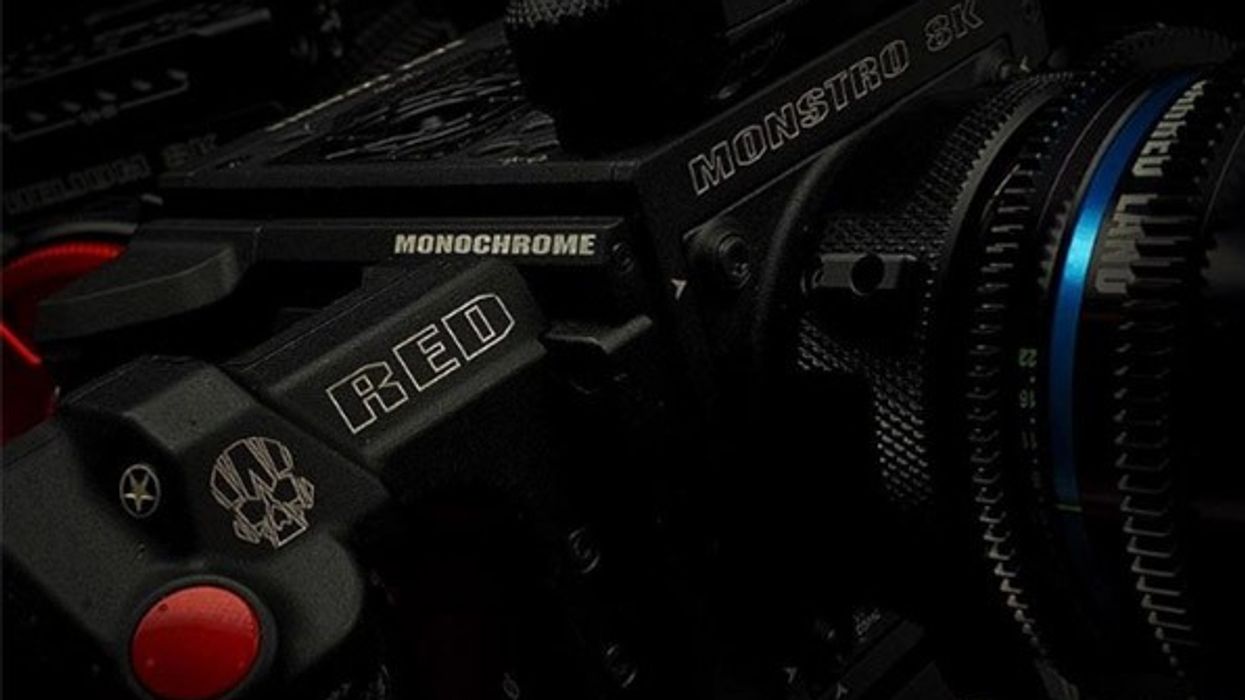Monstrochrome, the Monochrome Monstro We've Been Waiting For, Has Been Announced
RED continues to be the only major manufacturer that releases monochrome versions of its products.

It's been more than a year since RED released its massive Monstro sensor, keeping the company firmly in the competition amongst full frame camera platforms next to Arri Alexa, Sony Venice, and more. However, RED has been the only major manufacturer to release Monochrome versions of its sensors (although you can find aftermarket and converted versions from companies like MaxMax).
While aftermarket conversions are wonderful, there is nothing quite like an official factory created (and supported) monochrome version of a camera. RED has been doing this since 2012 with the Mysterium-X Monochrome, the results being most famously seen in the "Suit & Tie" video from David Fincher and Matthew Libatique.
If you're wondering why someone would want to have a B&W-only version of a camera, this article is a great refresher. Put simply, a sensor like the Monstro VV actually has color filters on the individual photosites to record color data. While it's a "8192 x 4320" resolution camera, that's actually divided between roughly 4000 green photosites, along with 2000 red and 2000 blue (roughly) that are then assembled by the camera to create the full color image.
By taking off those color filters, you get a sensor that has all of the 8192 x 4320 photosites devoted to resolution, though of course only to light value, not color, hence the black-and-white image. It's a black-and-white image that is both clearer and has better low light sensitivity (since the light doesn't have to go through the filter array).
As the RED Monstro VV currently runs up to $60,000 or so, this camera won't be cheap and will be a rental item for most of us, but it's an exciting one to have out in the field. Maybe we'll get a super low light Gemini Monochrome in the near future as well.
Tech Specs for Monstro VV:
- 8192 × 4320 maximum resolution
- 40.96 mm x 21.60 mm (Diagonal: 46.31 mm) sensor size
- IPP2 processing
- 60 fps at 8K Full Format (8192 × 4320), 300 fps at 2K 2.4:1 (2048 × 864)
- .r3d, ProRes, and DNx internal recording
- 17+ stops of dynamic range













